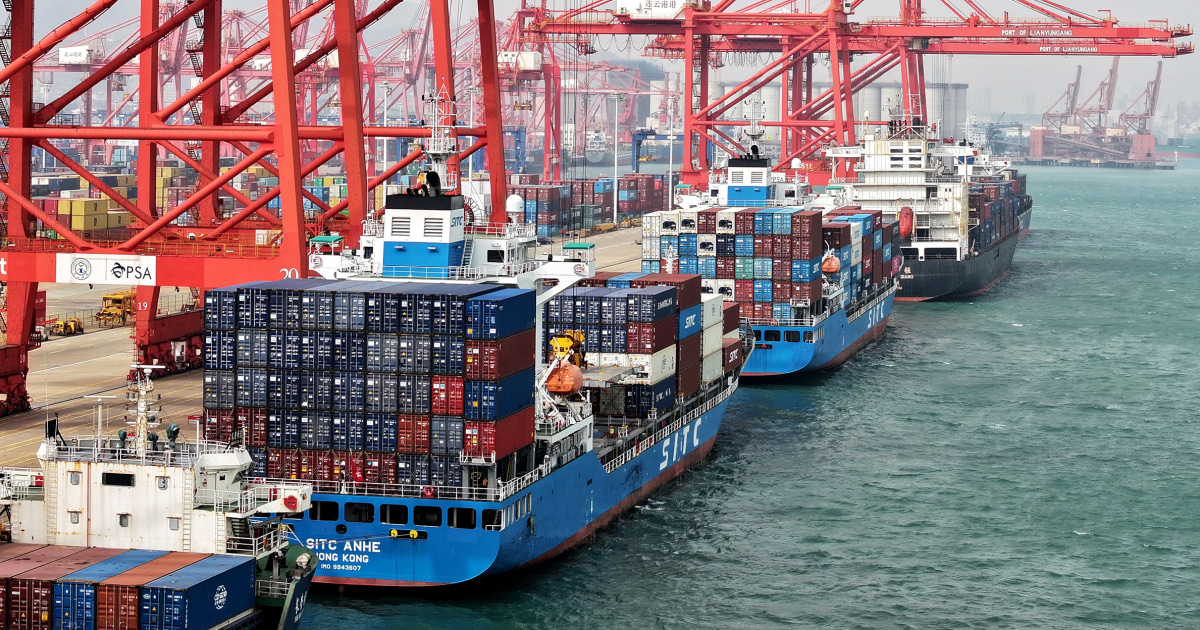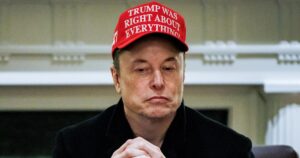Key takeaways:
- President Donald Trump announced a 90-day suspension of tariffs on over 75 trading partners, leading to a significant surge in the stock market, with the Dow Jones Industrial Average rising nearly 2,200 points and the S&P 500 increasing by 339 points.
- The tariff pause, communicated via Truth Social, aims to foster dialogue and resolve trade disputes with countries that did not retaliate against U.S. tariffs, marking a strategic shift in the White House’s trade policy.
- China is excluded from the tariff suspension, with increased tariffs on Chinese imports to 125%, highlighting ongoing tensions and potential strain on U.S.-China trade relations.
In a significant development, President Donald Trump announced a 90-day suspension of tariffs on over 75 trading partners, leading to a substantial surge in the stock market on Wednesday. The Dow Jones Industrial Average experienced a remarkable increase of nearly 2,200 points, or 5.8%, reaching 39,827, while the S&P 500 rose by 339 points, or 6.8%. This decision marks a notable shift in the White House’s approach, following a period of significant volatility in U.S. markets.
President Trump’s decision to pause the tariffs was communicated via a post on Truth Social, where he mentioned that the move was prompted by discussions initiated by these countries regarding trade-barrier issues. This pause applies to nations that did not retaliate against the U.S. tariffs, reflecting a strategic recalibration in the administration’s trade policy. The decision aims to foster dialogue and potentially resolve ongoing trade disputes.
However, China remains an exception to this tariff suspension. President Trump announced an increase in tariffs on Chinese imports, raising the rate to 125%. This decision underscores ongoing tensions between the U.S. and China, with the president citing a lack of respect from China towards global markets as the rationale behind the increased tariffs. The move is likely to further strain trade relations between the two economic powerhouses.
The market’s positive response to the tariff pause highlights investor optimism about potential resolutions to trade conflicts. The administration’s decision to engage in discussions with multiple trading partners suggests a willingness to address and possibly alleviate trade tensions. As the 90-day period unfolds, the focus will likely remain on the outcomes of these discussions and their impact on international trade dynamics.



Be First to Comment